Curious what’s in a typical Gujarati kitchen? It’s not just endless piles of thepla and dhokla. Gujaratis have a knack for mixing sweet, salty, and tangy flavors right in a single dish. Even everyday lunches aren’t just a pile of rice and dal—they bring in pickles, crunchy farsan (think Indian trail mix), and something sour for good measure.
If you imagine Gujarati meals as only vegetarian, you're not wrong. Most families skip meat for religious reasons, but you’d never miss it because they work magic with local veggies, grains, and hearty pulses. The food is spiced just enough to wake up the taste buds without setting your mouth on fire—unless you ask for extra chilies, of course.
Many of these recipes are centuries old, passed down with little tweaks. Oddly, sugar often finds its way into even the savory dishes, which may sound weird until you realize how it balances the spices. It's a system that makes every meal feel like it was built to suit any mood—comforting, zesty, or straight up celebratory.
- Everyday Staples in Gujarati Homes
- Snacks and Street Food You Can't Miss
- Sweet Surprises: Gujarati Desserts
- Spices and Cooking Hacks Unique to Gujarat
Everyday Staples in Gujarati Homes
Walk into any Gujarati household right at lunchtime and you’ll spot Gujarati food that’s all about balance. The classic thali is where it all starts—basically a super practical plate that brings together several everyday favorites in small portions. Expect fresh rotli (thin wheat flatbreads), dal (spiced split lentil soup), bhaat (steamed rice), and shaak (vegetable curries). Even though this may sound simple, every dish has its own twist to make it special.
Rotli is almost always on the table and replaces chapati in most Gujarati homes. Dal comes a bit sweet, a bit tangy, made with local ingredients like jaggery and kokum. Shaak could be anything—sometimes it’s potatoes with spices, other times it’s ivy gourd or bottle gourd, all cooked with a gentle dose of sweetness and a bit of peanut for crunch.
One special thing? Farsan—savory snacks like dhokla, patra, or khandvi—which many families eat every day, not just at parties. Farsan gives the meal an extra crunch, and honestly, you don’t even need fancy chutneys to enjoy it.
- Gujarati food is mostly vegetarian because of deep religious roots. Dairy shows up everywhere: think homemade yogurt (dahi), buttermilk (chaas), and ghee on rice.
- Pickles and chutneys sit right in the middle of the table. Spicy mango pickle or green chili chutney can turn even a basic meal into something memorable.
- Pulses like moong, toor, and chana dal are rotated during the week—great for protein without meat.
Quick fact: A 2023 survey found 70% of Gujarati families eat dhokla or similar farsan at least three times a week. Even in urban areas, most stick to this traditional lineup for daily meals, mixing old-school recipes with modern innovations like adding millet-based rotis or swapping out regular rice for brown varieties.
This all comes together as a meal that’s light yet filling, letting you eat big portions without feeling weighed down. It’s not flashy, but honestly, it’s some of the most comforting Gujarat cuisine you’ll find.
Snacks and Street Food You Can't Miss
If you've heard anything about Gujarati snacks, it's probably about dhokla. Soft, spongy, and always disappearing too fast, dhokla tops every snack list. Locals grab it fresh from street vendors in places like Ahmedabad or Vadodara right after work or even in the middle of a shopping trip. It’s made from a fermented batter of rice and chickpea flour, with a dash of lemon and green chili—perfect for that classic sweet-and-spicy punch Gujarati food is known for.
Head outside and you’ll spot giant pans of fafda—thin, crispy chickpea flour strips—served with tangy raw papaya chutney and a hot cup of chai. This combo isn’t just hyped; it’s the official breakfast of Gujarat’s famous Navratri festival mornings. Street food joints sell tons of it each day. According to a Times of India report, Ahmedabad’s central streets alone see up to 6,000 kg of fafda sold during the festival peak.
Khandvi offers a different experience. Picture thin, yellow gram flour rolls, each with a swirl of coconut and sesame. Unwrapping one feels almost too delicate for street food, but the flavor’s seriously bold. Khandvi is especially loved at casual get-togethers and served when friends randomly stop by.
Besides these classics, any local will tell you to try these street eats:
- Sev Usal: Warm peas curry, topped with crunchy sev and onions. Slightly spicy, always satisfying.
- Locho: Only found in Surat, this steamed, spicy, and messy chickpea dish gets topped with loads of butter, sev, and raw onions.
- Dabeli: Imagine a burger stuffed with spicy mashed potatoes, peanuts, and pomegranate, all inside a soft bun—cheap, filling, and seriously addictive.
- Handvo: Savory cake made with rice and lentils, full of veggies and spices, baked till the crust gets golden and crisp.
- Khaman: Often confused with dhokla, but even softer and fluffier, usually sold from glass cases on busy corners.
If you think all this sounds filling, you’re right.
"Gujarati snacks aren’t just filler between meals—they're an obsession and a reason for families to crowd around the kitchen or the nearest food cart," remarks celebrity chef Sanjeev Kapoor.
One tip: Most street food here is plant-based, and vendors rarely ever use eggs or meat. So if you're after tasty vegetarian food in India, Gujarat’s street scene should be right at the top of your travel list.
| Snack | Main Ingredients | When to Eat |
|---|---|---|
| Dhokla | Chickpea flour, rice flour | Breakfast, afternoon snack |
| Fafda-Jalebi | Chickpea flour (fafda), wheat flour & sugar (jalebi) | Breakfast, festival days |
| Dabeli | Potatoes, peanuts, bun, pomegranate | Evening snack |
| Locho | Chickpea flour, spices | Brunch, evening snack |
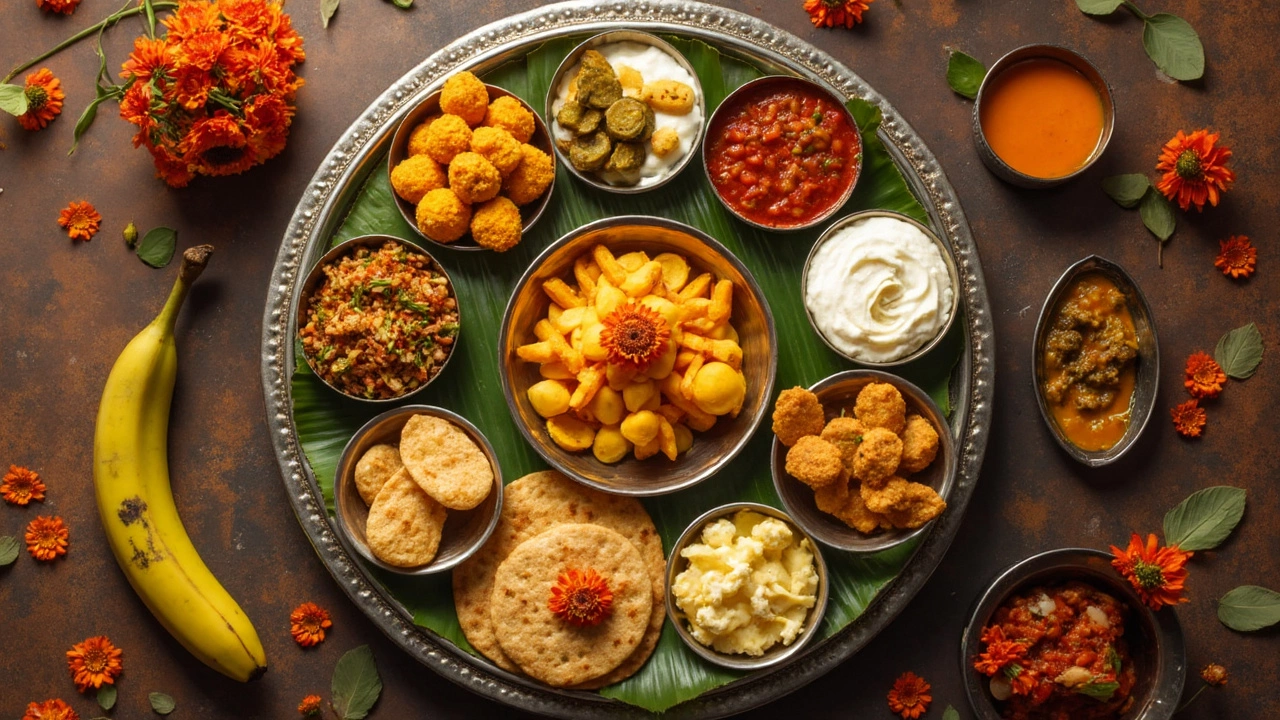
Sweet Surprises: Gujarati Desserts
For people in Gujarat, dessert isn’t just for special occasions. Sweet treats pop up after everyday meals and during festivals, and each one has a story. The cool part? These Gujarati food desserts often use simple kitchen staples—no fancy ingredients needed.
Let’s unpack a few favorites you’ll spot on real Gujarati tables:
- Shrikhand: Made with hung curd (strained yogurt), sugar, and cardamom, then topped with nuts or fruit. In summer, mango shrikhand (aamrakhand) takes over. Cool, creamy, and super easy to try at home.
- Basundi: Think of it as Gujarat’s answer to condensed milk pudding. It’s just milk, slow-cooked with sugar, cardamom, saffron, and sometimes nuts until thick and creamy. Most families cook it for big gatherings or after a heavy meal.
- Ghari: Special to Surat, this sweet is a real calorie bomb—stuffed with mawa (thickened milk), lots of ghee, sugar, and at times pistachios. It’s a Diwali must, but you’ll find it in sweet shops year-round.
- Mohanthal: Picture a fudge made from roasted besan (gram flour), ghee, sugar, and nutmeg. It’s a common prasad (offering) in temples and a hit at weddings.
- Jalebi: Hot, crunchy, and orange (thanks to saffron), jalebi is often eaten with fafda (a salty snack) as the classic Sunday combo, especially during Dussehra in Gujarat.
You might notice something: Gujarat cuisine leans on dairy. Sweets often use ghee, milk, or yogurt—and just a hint of spices to balance the sugar. Also, dry fruits like cashews and almonds sneak their way in for both taste and some extra bite.
Here’s a fun fact: One popular survey from India’s major bakery association in 2023 ranked Gujarat as one of the top three states for sweet consumption per capita. Surati Ghari alone reportedly sells over 100 tons each Diwali.
| Sweet | Main Ingredient | When You’ll Find It |
|---|---|---|
| Shrikhand | Yogurt | Summer, festivals |
| Basundi | Milk | Weddings, celebrations |
| Ghari | Mawa, ghee | Diwali, sweet shops |
| Mohanthal | Besan, ghee | Religious events |
| Jalebi | Flour, sugar | Dussehra, Sundays |
If you want to try a real taste of traditional dishes from Gujarat, desserts should be on your list. Try making shrikhand if you’re new to Indian sweets—it’s basically yogurt, sugar, and a pinch of cardamom, and there’s no cooking involved. Or drop by a local mithai shop and ask for anything from this list. Honestly, you can’t really go wrong.
Spices and Cooking Hacks Unique to Gujarat
Gujaratis do things a bit differently when it comes to spicing their food. The average Gujarati food recipe features a mix of mild heat, a dash of sweetness, and a pinch of tang. That trademark flavor comes from everyday spices and a few kitchen tricks you'd probably never expect.
So what goes into the basic Gujarati spice shelf? You can always spot turmeric (haldi), cumin (jeera), mustard seeds (rai), and carom seeds (ajwain). Fenugreek (methi) is used a lot, whether it’s the seeds or the leaves. But what really sets their food apart? It’s the regular use of asafoetida (hing) for that savory umami hit, and the habit of throwing in jaggery or sugar—even in savory stuff like dal or shaak (vegetable curry). This might throw off first-timers, but it totally balances the sourness from yogurt or lemon, making the taste pop.
- Tempering ("vaghar"): Instead of plain oil, Gujaratis heat oil or ghee and pop mustard seeds, cumin, asafoetida, and curry leaves right at the start. This gets poured over cooked dishes to level up flavor and smell. Almost every major Gujarati cuisine classic starts this way.
- Use of besan (gram flour): It’s not just for snacks. People add besan to veggies or use it to thicken gravies. Think of it as a natural, protein-rich hack for better texture and taste.
- Steaming over deep-frying: A lot of famous Gujarati snacks like dhokla or muthia aren’t fried—they’re steamed, so you get that soft, pillowy bite with way less oil.
- Quick pickles: Don’t have time for weeks of pickling? Gujaratis love instant pickles with grated mango, spices, and oil, perfect for squeezing subtle tang into every meal.
- Layered chapatis: Rotlis (thin wheat flatbreads) are sometimes made with a splash of milk in the dough for softness, and leftovers often get transformed into spicy "vaghareli rotli." Waste nothing, flavor everything.
If you’re getting hands-on in the kitchen, here are a few tips for making your Gujarat cuisine taste authentic:
- Start every savory dish with a hot tempering. Just 30 seconds can unlock big flavor.
- Balance salty, sweet, and sour in every bite. Don’t be afraid to add a little sugar to your dal or curry, and finish with lemon or yogurt.
- Use more fresh herbs—coriander goes on top of just about everything and brings a fresh kick.
Want a quick peek at the most common spices? Check out the table below:
| Spice | Main Use |
|---|---|
| Mustard Seeds | Tempering, pickles |
| Asafoetida (Hing) | Lentils, curries for umami |
| Cumin Seeds | Curries, snacks, rice |
| Turmeric | Color, earthy taste |
| Fenugreek | Veggies, pickles |
| Sugar/Jaggery | Added to most dals and shaaks |
With these habits and ingredients, Gujarati food comes out uniquely balanced and addictive. Don’t be surprised if you find yourself guessing the "secret ingredient" after every bite—it’s all about those spice tricks and tiny kitchen hacks.
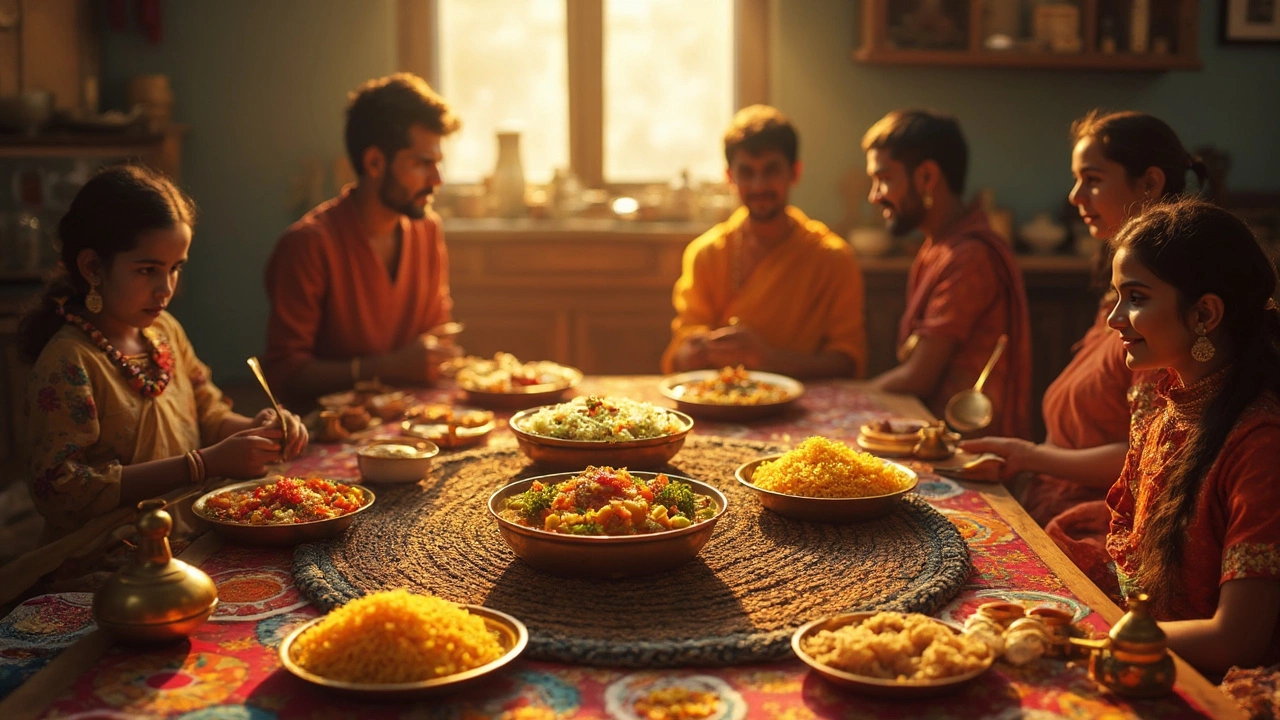
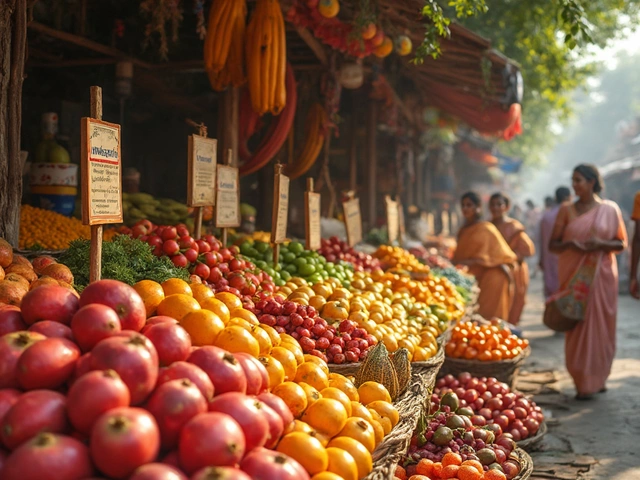

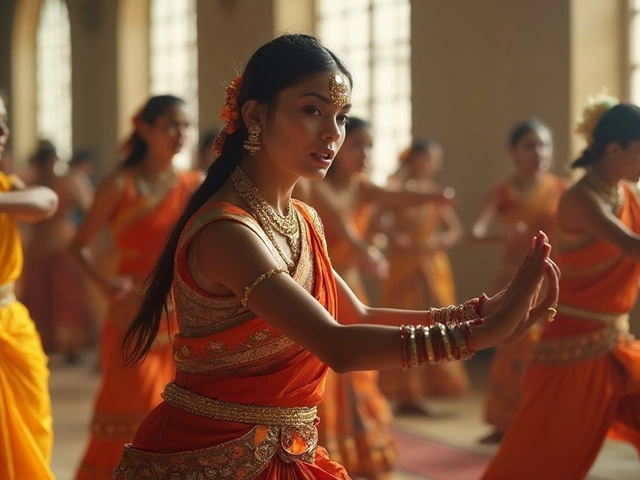
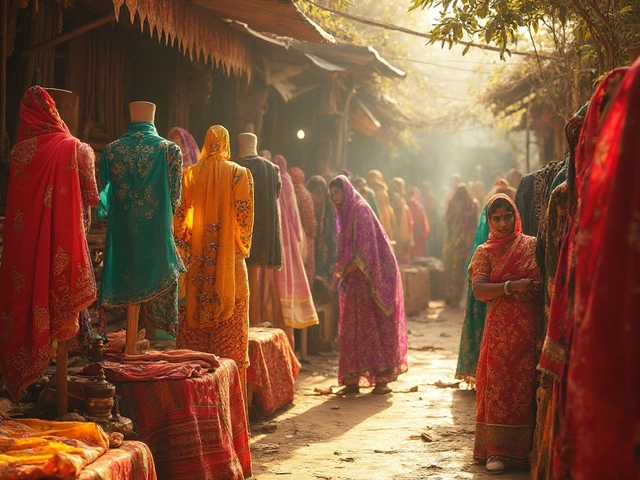

Write a comment